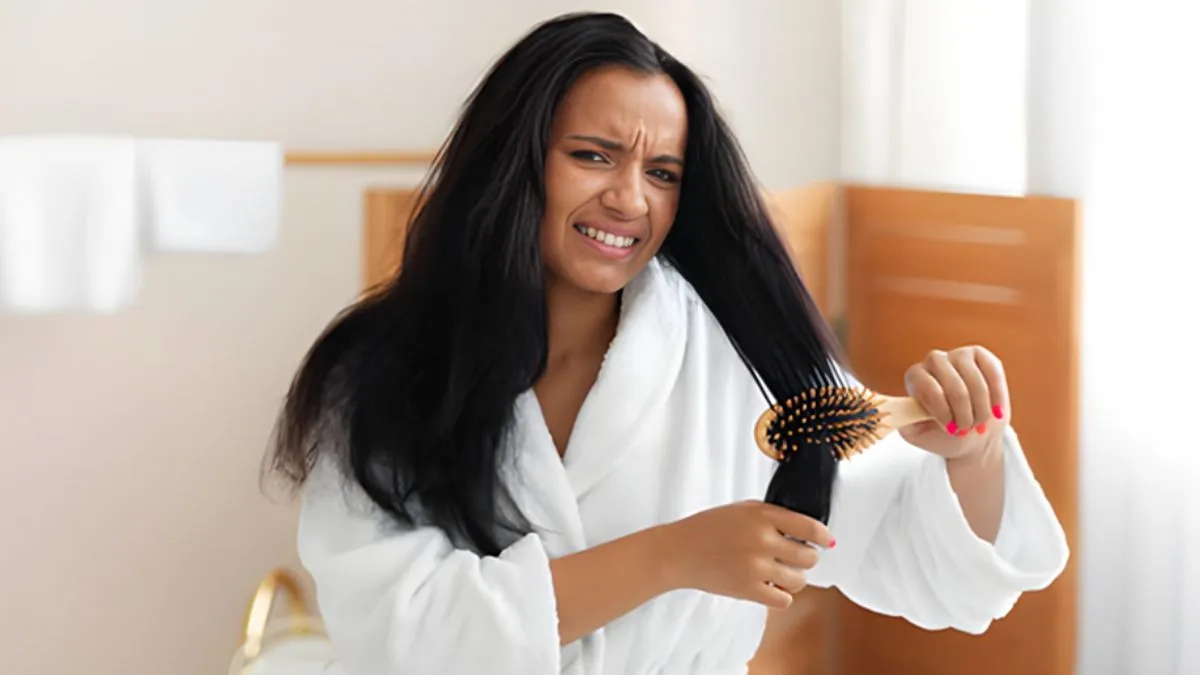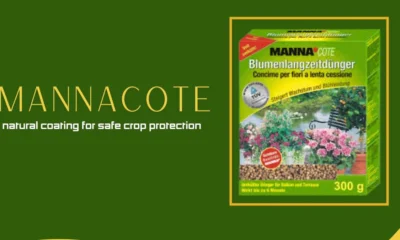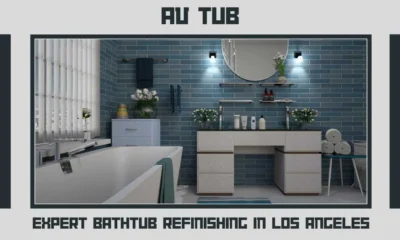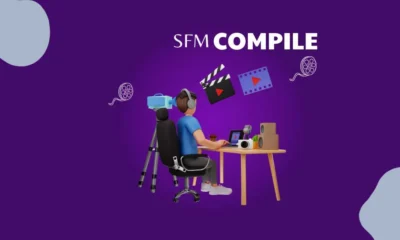HEALTH AND FITNESS
From Breakage to Bloom: Regrowing Textured Hair After Chemical Relaxer Damage

Chemical relaxers have long been a go-to for transforming tightly coiled tresses into smoother styles. But over time, frequent use can lead to brittle strands, scalp irritation, and even long-term thinning. If your mane is recovering from relaxer overuse, you’re not alone. The good news? With the proper care, patience, and consistency, textured hair can bounce back stronger, thicker, and healthier than before. This post explores the journey from chemical breakage to renewal, uncovering how to restore balance, stimulate new growth, and embrace protective options that support recovery.
Healing Textured Hair with Silk Press Extensions
Textured hair has a unique structure that makes it beautifully resilient yet prone to dryness and damage when exposed to harsh chemicals. When relaxers alter the hair’s natural curl pattern, they break down protein bonds, weakening strands and a vulnerable scalp. Restoring health begins with reducing further stress, both mechanical and chemical, and embracing protective alternatives that encourage regrowth. This is where Silk Press Hair Extensions come in as a smart recovery choice. They let you enjoy that sleek, polished look without heat or chemicals. Instead of repeatedly processing your mane, you can protect it underneath smooth extensions while allowing your natural texture to rejuvenate. Think of it as a healing period where your hair rests and rebuilds its strength.
During recovery, consistency is key. Here’s what helps your textured strands thrive again:
- Gentle cleansing with sulfate-free shampoos to prevent moisture loss.
- Protein and moisture balance to rebuild elasticity and prevent further breakage.
- Scalp massages using natural oils to boost blood circulation and stimulate follicles.
- Protective styling to minimize manipulation and friction.
This stage is about treating your mane like a living organism because it is. Your natural texture can flourish again with time, nutrients, and care.
Nurturing Regrowth with Natural Hair Treatments
Once the scalp starts to recover, attention should turn to nurturing new growth. Textured strands need an optimal environment to thrive, hydrated, nourished, and protected from external stressors. This is where nature shines, offering powerful remedies for scalp health and follicle stimulation.
Essential oils are your best allies when caring for regrowing textured tresses. Ingredients like rosemary, peppermint, and castor oil improve circulation and strengthen follicles. These oils not only prevent dryness but also aid in repairing the scalp barrier disrupted by relaxers. Pair them with a balanced diet rich in omega-3 fatty acids, biotin, and vitamin E to nourish your mane from within.
You can also blend in volume safely using Natural Hair Extensions to support your new growth phase. These extensions are perfect for giving your hair a fuller look without straining delicate roots. They blend beautifully with textured hair, allowing you to protect fragile strands while maintaining a stylish appearance. The secret lies in gentle installation. Opt for low-tension techniques like clip-ins or sewn-in wefts to prevent additional stress on new growth. The key takeaway is that recovery is not about hiding damage but encouraging healthy regeneration. Each protective measure, whether through natural oils or extensions, contributes to a thriving scalp ecosystem where new strands can flourish.
Can Chemically Damaged Hair Truly Regrow, and How Long Does It Take?
Chemically damaged hair can regrow, but it requires patience and commitment. The average hair grows about half an inch monthly, roughly six inches yearly. However, for hair that’s been chemically compromised, it may take several months before visible improvements appear.
The timeline depends on factors like:
- The extent of relaxer damage
- Your genetic growth rate
- The health of your scalp and diet
- Your hair care consistency
For the best results, focus on maintaining a healthy scalp, which is where new life begins. Exfoliate gently once or twice a month to remove buildup, and deep-condition weekly to strengthen the shaft. Avoid over-manipulation and prioritize hydration. Over time, your strands will become more elastic, shiny, and resilient.
Here’s a simple timeline for reference:
- Months 1–2: Improved moisture balance and reduced shedding.
- Months 3–5: Stronger roots and less breakage.
- Months 6–9: Noticeable new growth and thicker appearance.
- Month 12 and beyond: Fully rejuvenated texture with restored density.
Remember, recovery isn’t linear. Some weeks may feel stagnant, but every gentle wash, oil massage, and protective style contributes to long-term healing.
Natural Oils and Treatments for Scalp Healing
Scalp health is the foundation for healthy regrowth. After relaxer overuse, it’s crucial to soothe irritation and rebuild the skin’s natural barrier. A few powerhouse treatments can help:
- Jamaican Black Castor Oil: Rich in ricinoleic acid, it promotes circulation and strengthens the roots.
- Peppermint Oil: Stimulates follicles and provides a cooling effect to relieve itchiness.
- Aloe Vera Gel: Naturally conditions the scalp, reduces inflammation, and adds moisture.
- Rosemary Oil: Scientifically proven to support hair density comparable to minoxidil when used consistently.
Combine a few drops of your chosen oil with a carrier like jojoba or olive oil, massage your scalp for five minutes, and cover with a warm towel to boost absorption. Repeat two to three times a week for visible improvement.
FAQs About Regrowing Relaxed Textured Hair
1. Can I continue using relaxers while trying to regrow my hair?
It’s best to avoid chemical relaxers during recovery. Allow your mane to grow naturally, focusing on nourishment and protection instead of further processing.
2. How do I prevent new growth from breaking where relaxed hair meets natural hair?
Keep your hair moisturized and minimize manipulation. Use leave-in conditioners, gentle detangling tools, and protective styles that don’t strain your roots.
3. What’s the most essential product in a recovery routine?
Consistency matters more than any single product. However, hydrating conditioners, scalp oils, and protein treatments should form your core regimen.
4. Can extensions slow down my regrowth journey?
Only if installed too tightly. Opt for low-tension styles and give your scalp regular breaks. Extensions, when used correctly, can actually protect fragile strands during regrowth.
Final Thought
Regrowing textured hair after relaxer damage isn’t just a physical journey; it’s an emotional one, too. Every strand that returns stronger represents patience, care, and self-love. You can turn your breakage story into a beautiful bloom of healthy, thriving tresses by combining holistic treatments, scalp wellness, and wise styling choices like silk press hair extensions and natural hair extensions.
-

 BIOGRAPHY7 months ago
BIOGRAPHY7 months agoBehind the Scenes with Sandra Orlow: An Exclusive Interview
-

 HOME1 year ago
HOME1 year agoDiscovering Insights: A Deep Dive into the //vital-mag.net blog
-

 HOME1 year ago
HOME1 year agoSifangds in Action: Real-Life Applications and Success Stories
-

 BIOGRAPHY1 year ago
BIOGRAPHY1 year agoThe Woman Behind the Comedian: Meet Andrew Santino Wife




























